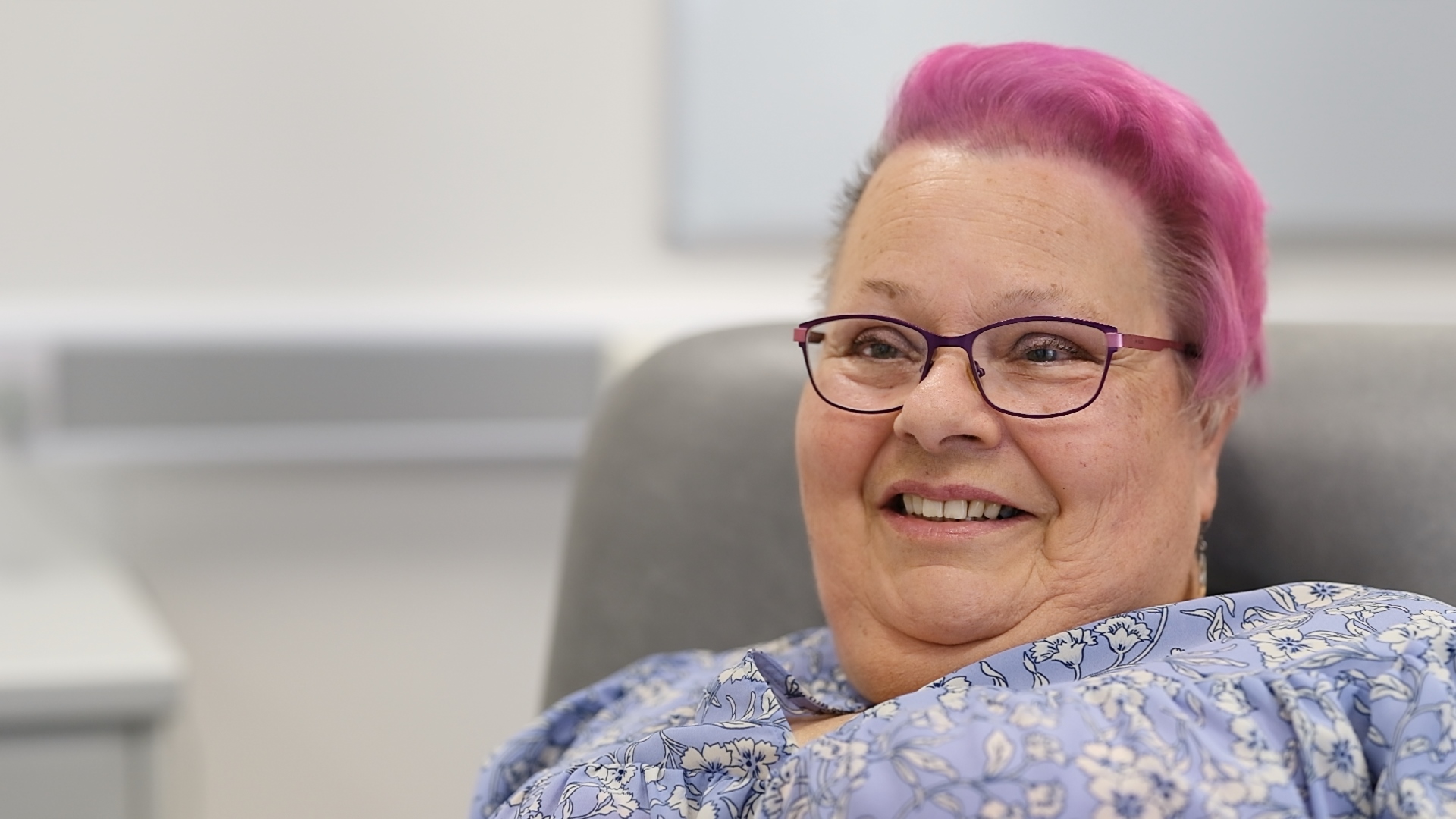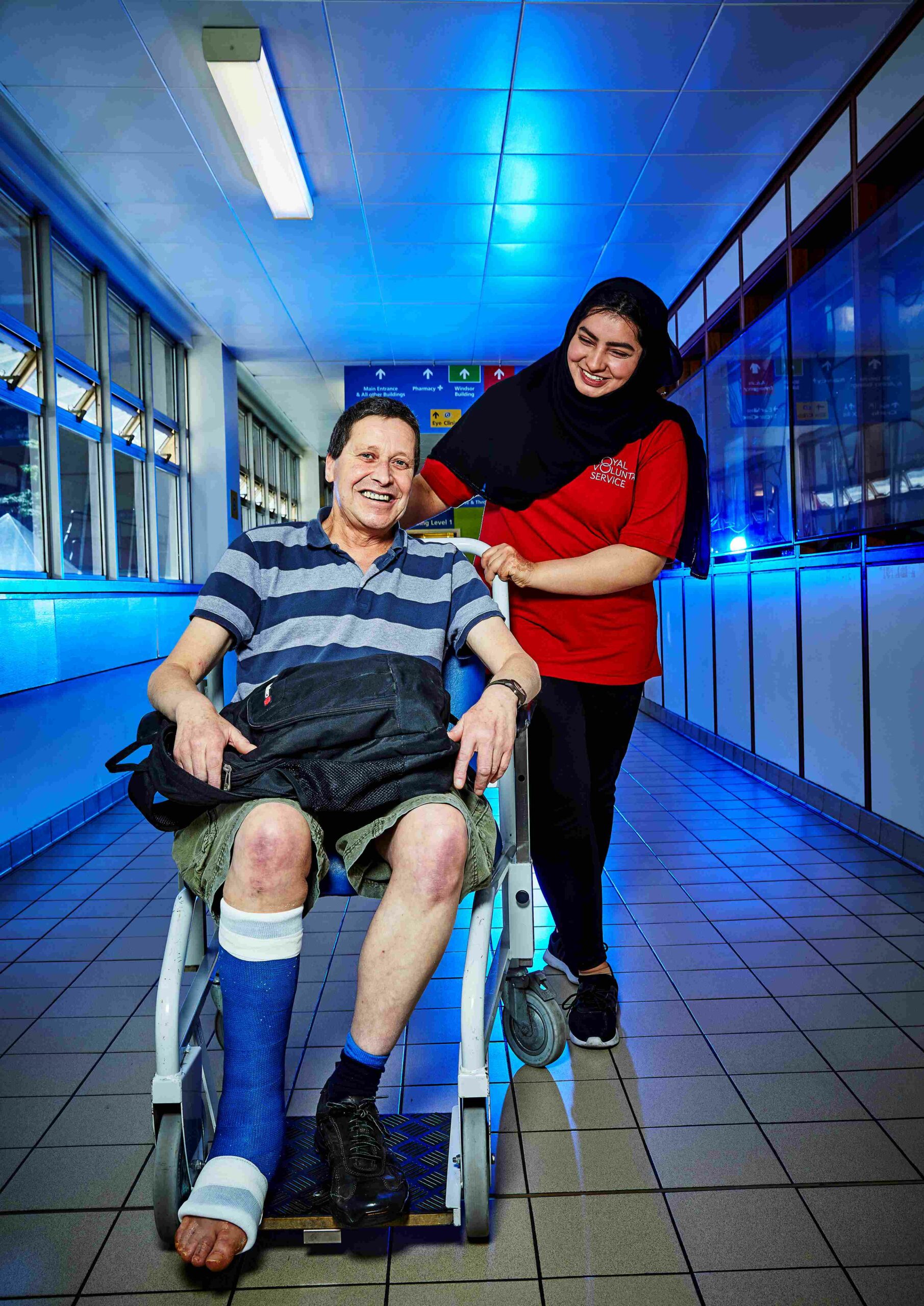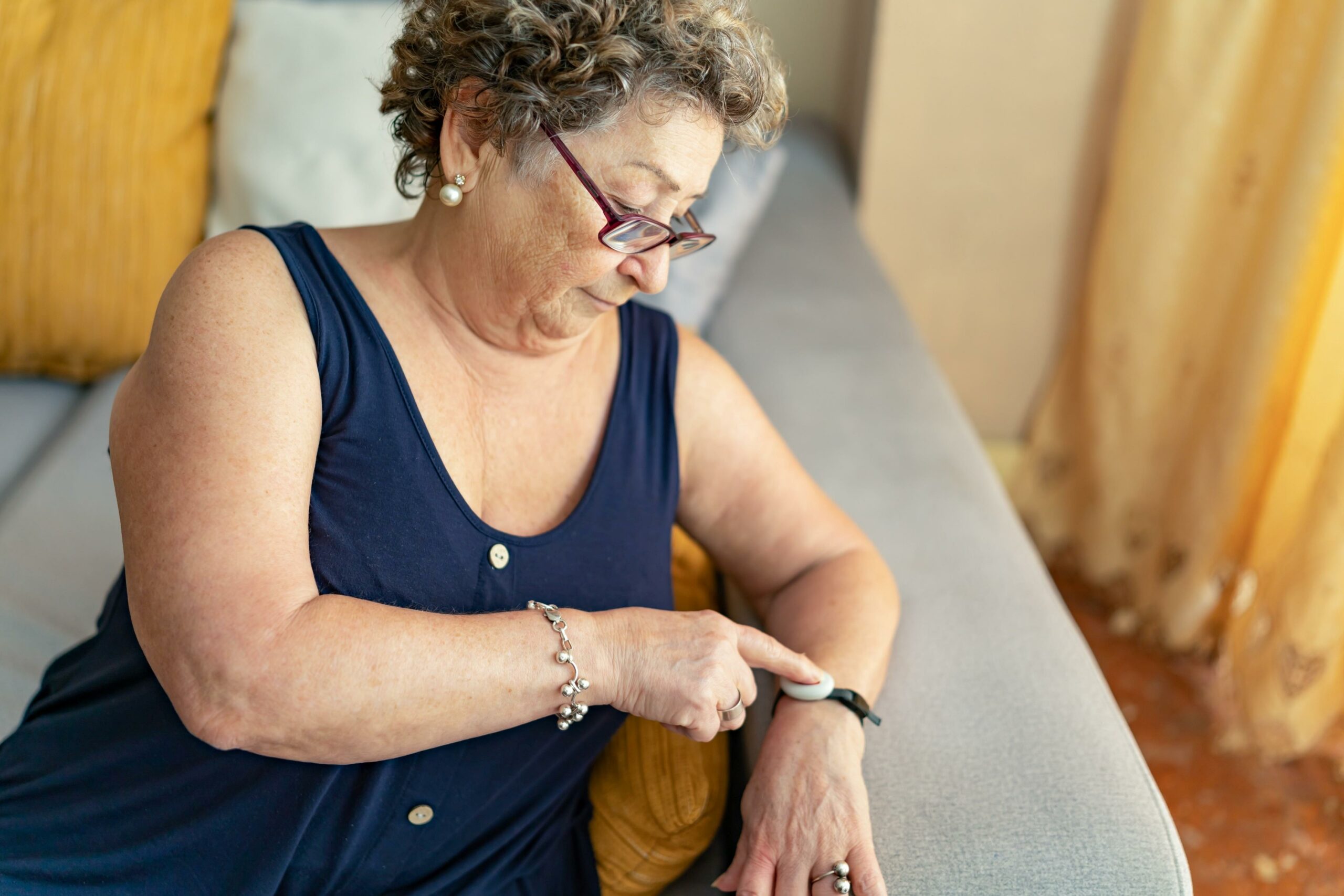The future of occupational therapy and the impact of technology

Leading occupational therapist, Alicia Ridout, discusses her award-winning work and explores the central role of technology in the future of occupational therapy.
Alicia Ridout, a leading occupational therapist, has recently won the Royal College of Occupational Therapists (RCOT) Tunstall Award for Technology Innovation for her work on the pioneering COG-OT – the Clinical Onboarding Guide for occupational therapists, which she and her team have used to continue their discovery work and to progress the project.
Here, she discusses the importance of technology in occupational therapy and why programmes such as COG-OT are essential for health professional development.
The importance of occupational therapy in wider healthcare
Occupational therapy is essential to the health and care sector and as a sector, we need to ensure that robust systems are put in place to keep up to date with digital competencies and boost confidence to use technology safely, in day-to-day practice. This will help the sector to continue supporting the efforts of the wider health and care landscape to digitise services effectively and improve access for people who need it.

Occupational therapy is about working alongside people and their families, helping them achieve their personal goals and essential practical skills, using a holistic approach that respects their strengths and assets. This includes physical, sensory, mental health or communication needs. We see people in a wide range of contexts, people who are experiencing a wide variety of challenges, often for very different reasons.
Occupational therapists’ roles are unique in that we provide services to all age groups, across service boundaries. When it comes to supporting the wider care sector workforce in enabling people to safely access digital tools and services, the sector has always been actively focused on seeking out new technology. COG-OT provides a quick and easy means to access evidence and build competency driven technology skills.
The role of technology in occupational therapy
According to a recent study by RCOT, occupational therapists are facing pressures due to increased demand and vacancies within the industry. This potentially risks leaving people needing assessments, with little or no intervention.
There is a huge opportunity for technology to support people accessing services and occupational therapists, particularly when it comes to prioritising their requirements and influencing technology procurements. Using digital solutions offers the chance to reduce variation in workflows and processes, and also facilitate best clinical practice, streamline access to the right technology, at the right time, and ensure the end user’s experience is high quality.
We launched COG-OT as a web app in 2020, as a proof-of-concept approach to supporting practice development, funded by the Elizabeth Casson Trust. To date, we have won further funding from the Trust to evaluate the tool, as well as funding as part of the RCOT awards twice, in 2021 and 2023, which is crucial for the continued development of this vital resource for occupational therapists.
Why COG-OT has made a difference to the profession
COG-OT supports the profession with guide question sets to stimulate their reasoning about the needs of their service users. It can provide areas of focus and exploration when assessing people who have been referred to their service. This is hugely beneficial to less experienced digital practitioners, as it can help to navigate to the correct technology solution for an individual’s needs and ensure effort invested in the onboarding process is effective. The tool can help therapists by instilling confidence and a consistent but personalised approach to the deployment of technology.
Since the pandemic, digital practice has become increasingly prominent and this is no different in occupational therapy. Digitisation offers its own challenges, but by implementing tools such as COG-OT we are aiming to equip professionals with the digital clinical risk management tools they need for effective practice.
Why investment in technology needs to be prioritised, and how ICSs can support the occupational therapy community
ICSs provide a voice for Allied Health Professions (AHP) via Councils, driving improvement programmes and getting research into practice. The COG-OT team have been working with colleagues in an ICS to surface digital requirements across systems of care and we aim to share this insight widely. Digital confidence is one of many challenges facing AHPs at present, and the wider workforce.
However, as a next step, the sector needs to ensure consistent access to digital solutions, both to support workflows and also speed access to the right technology for users of services and their families. This will ensure that no matter the patient pathway, occupational therapists have easy access to recommended platforms that are of high quality, adhere to regulatory requirements and support clinically driven and collaboratively defined solutions for people in need.
Occupational therapists need to clearly articulate their requirements in this respect. They play a key role in personalised care and ensuring a holistic approach to safe digital deployment at every stage in the care journey – from hospital to community or intermediate care and at home. Digital use at home is different to a hospital environment, and we need to ensure holistic clinical risk assessments are completed.
By integrating safe and high-quality technology into our daily practice, working together with service users and their families and with other health and care professionals, we can pave the way for solutions that really make a difference.
For more information about COG-OT, please contact: cog.ot.project@gmail.com
For more information about Tunstall, please visit: www.tunstall.co.uk/our-solutions









